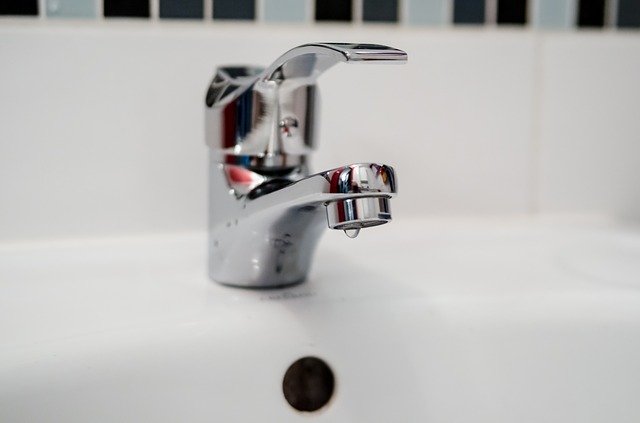
A pipe bursting in your home is never a fun experience. One day things are fine and the next you have water all over your nice bathroom and you’re unable to use your plumbing. When this happens, there are steps you need to take to get everything back in order as quickly as possible. So, whether you’re currently dealing with a pipe burst or you just want to be prepared for the future, here is what you need to do:
Shut Off Your Water
The first thing you should do is shut off your water. This will prevent the damage from getting any worse and will allow you to address the problem further. Head to your water main shut off and turn it off. For most residential homes, the main shut off can be found inside the home, typically either in a basement or crawlspace. If you can’t find it inside your home, head outside, and look for a metal lid close to your property.
In addition, if you think there were any electrical sockets damaged from the water leak, it’s not a bad idea to shut the electricity off as well. You can do this from your home’s circuit panel, where you’ll just need to flip the main switch off.
Call in a Plumber
Next, you’ll want to find a good plumber in your area. It’s a good idea to call them as early on in the process as possible as you don’t know how long it will take them to arrive. Sometimes plumbers can come to fix your pipe that same day, other times it may take a little while. Therefore, the sooner you call, the sooner it’s fixed.
When looking for a plumber, it’s important that you choose the right one. According to Fix It Right Plumbing, there are two main types of plumbers – Contract and Service. A service plumber is the type that will come to your home at any time to address a problem, so look for one of these rather than a contract plumber. For more information, you can check out https://www.fixitrightplumbing.com.au/plumber-melbourne/
Drain Your Faucets
While you are waiting for the plumber to arrive, there are a few other things you can do to make the situation better. First, you’ll want to drain all the water out of your pipes. You can do this by simply turning on your faucets and flushing your toilet a few times.
Start first with the cold water until nothing more comes out. After that, you should head to your hot water heater, turn that off, then drain the plumbing of your hot water as well. Doing this will reduce the chance of more water freezing inside your pipes and causing more bursts.
Adjust the Temperature
Pipes typically burst when temperatures drop. To unfreeze your pipes and the water within them, you’ll want to adjust the temperature surrounding them. Try opening up some windows to allow warm air to circulate through or use a portable heater near your pipes.
You can also use a hairdryer directly on the frozen part of the pipe if you want to speed things up. If you’re unable to do any of this, consider opening up the cabinets that house the pipes to simply let some warmer airflow around them.
Start the Cleanup
After completing all the steps above, you’ve done about all you can do for your pipes until the plumber arrives. Now you’ll want to focus on any cleanup that you need to do. When water is allowed to sit it causes damage. It could lead to rotting floors or walls, or damage any of your belongings nearby.
Depending on the size of the leak, you may need to grab a lot of towels or even a big mop to get all the water out. Once you’ve gotten up as much as you can, set up some fans in the area to circulate the air and dry things out quicker. The faster you can dry the area, the less likely it is that you’ll get further damage.
Take Preventative Measures
Finally, after your pipes are all fixed and the cleanup is done, you’ll want to think about how you can prevent this from happening again. Some things you can do are:
• Run your faucets to keep water moving,
• Increase the airflow around your pipes,
• Adjust the temperature,
• Install heat tape on your pipes,
• And improve the insulation around your home to keep cold air out.
If you can employ some of these strategies, you hopefully won’t have to deal with the hassle of a burst pipe again any time soon.
Tags: home maintenance


